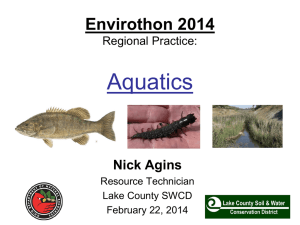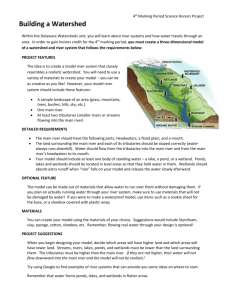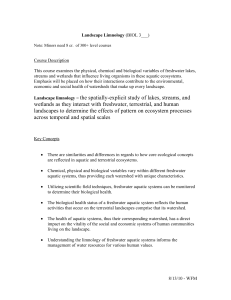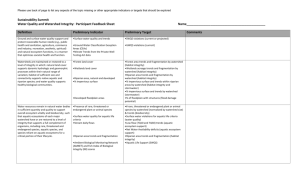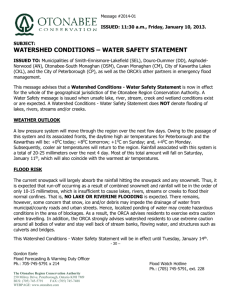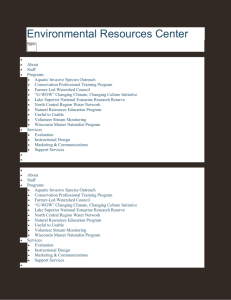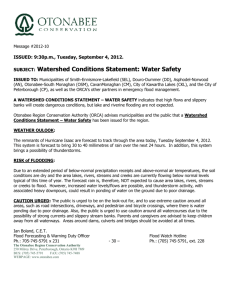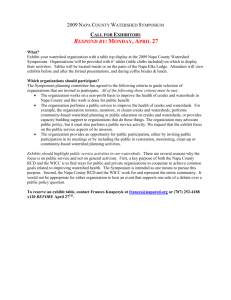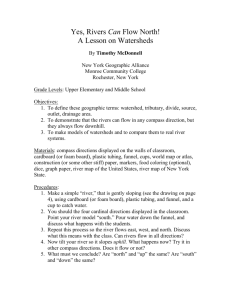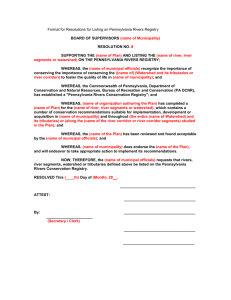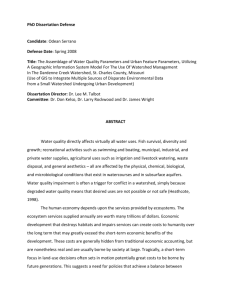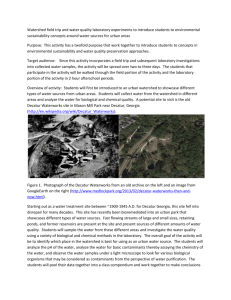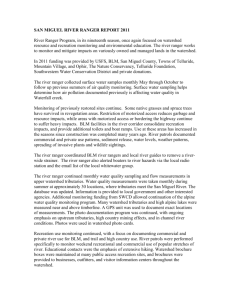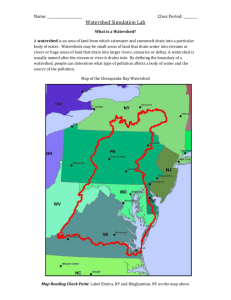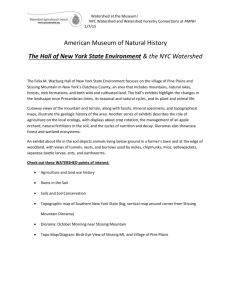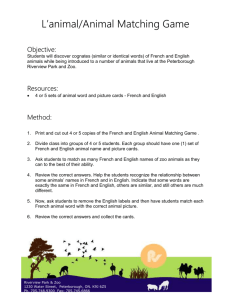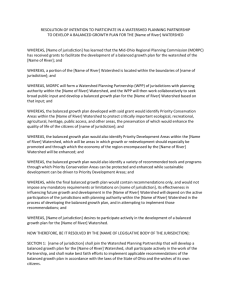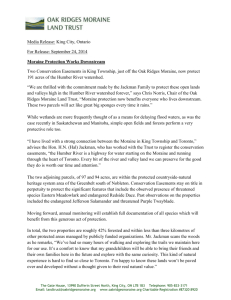Bob Hunter Memorial Park in Rouge Park Site Interpretive Panels
advertisement
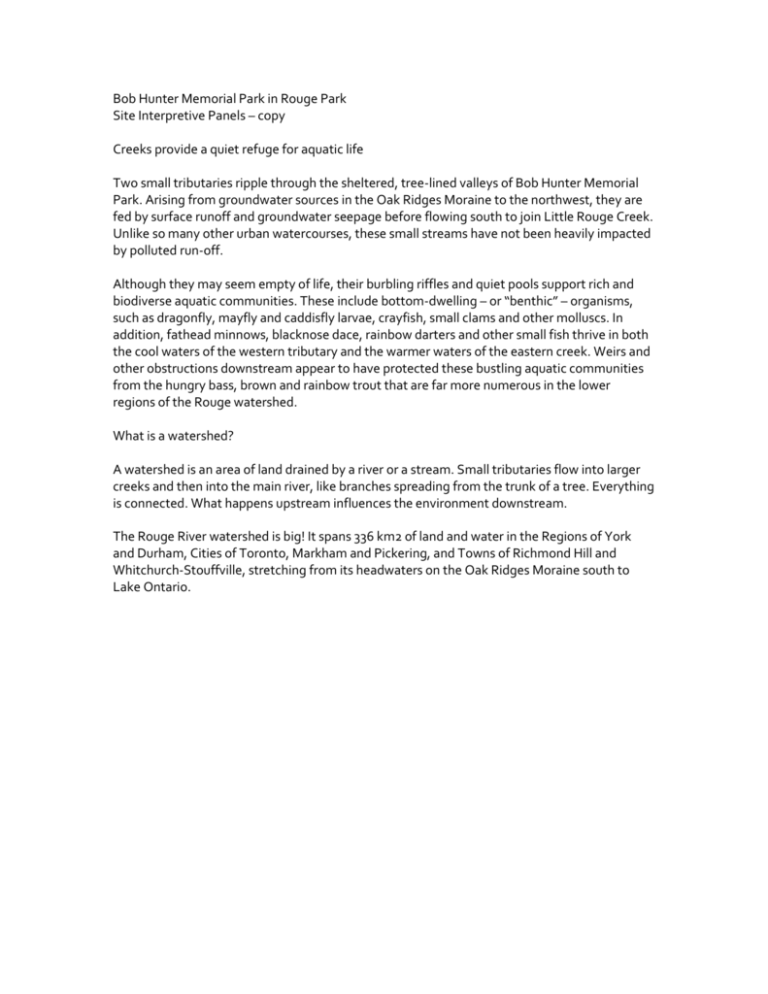
Bob Hunter Memorial Park in Rouge Park Site Interpretive Panels – copy Creeks provide a quiet refuge for aquatic life Two small tributaries ripple through the sheltered, tree-lined valleys of Bob Hunter Memorial Park. Arising from groundwater sources in the Oak Ridges Moraine to the northwest, they are fed by surface runoff and groundwater seepage before flowing south to join Little Rouge Creek. Unlike so many other urban watercourses, these small streams have not been heavily impacted by polluted run-off. Although they may seem empty of life, their burbling riffles and quiet pools support rich and biodiverse aquatic communities. These include bottom-dwelling – or “benthic” – organisms, such as dragonfly, mayfly and caddisfly larvae, crayfish, small clams and other molluscs. In addition, fathead minnows, blacknose dace, rainbow darters and other small fish thrive in both the cool waters of the western tributary and the warmer waters of the eastern creek. Weirs and other obstructions downstream appear to have protected these bustling aquatic communities from the hungry bass, brown and rainbow trout that are far more numerous in the lower regions of the Rouge watershed. What is a watershed? A watershed is an area of land drained by a river or a stream. Small tributaries flow into larger creeks and then into the main river, like branches spreading from the trunk of a tree. Everything is connected. What happens upstream influences the environment downstream. The Rouge River watershed is big! It spans 336 km2 of land and water in the Regions of York and Durham, Cities of Toronto, Markham and Pickering, and Towns of Richmond Hill and Whitchurch-Stouffville, stretching from its headwaters on the Oak Ridges Moraine south to Lake Ontario.

